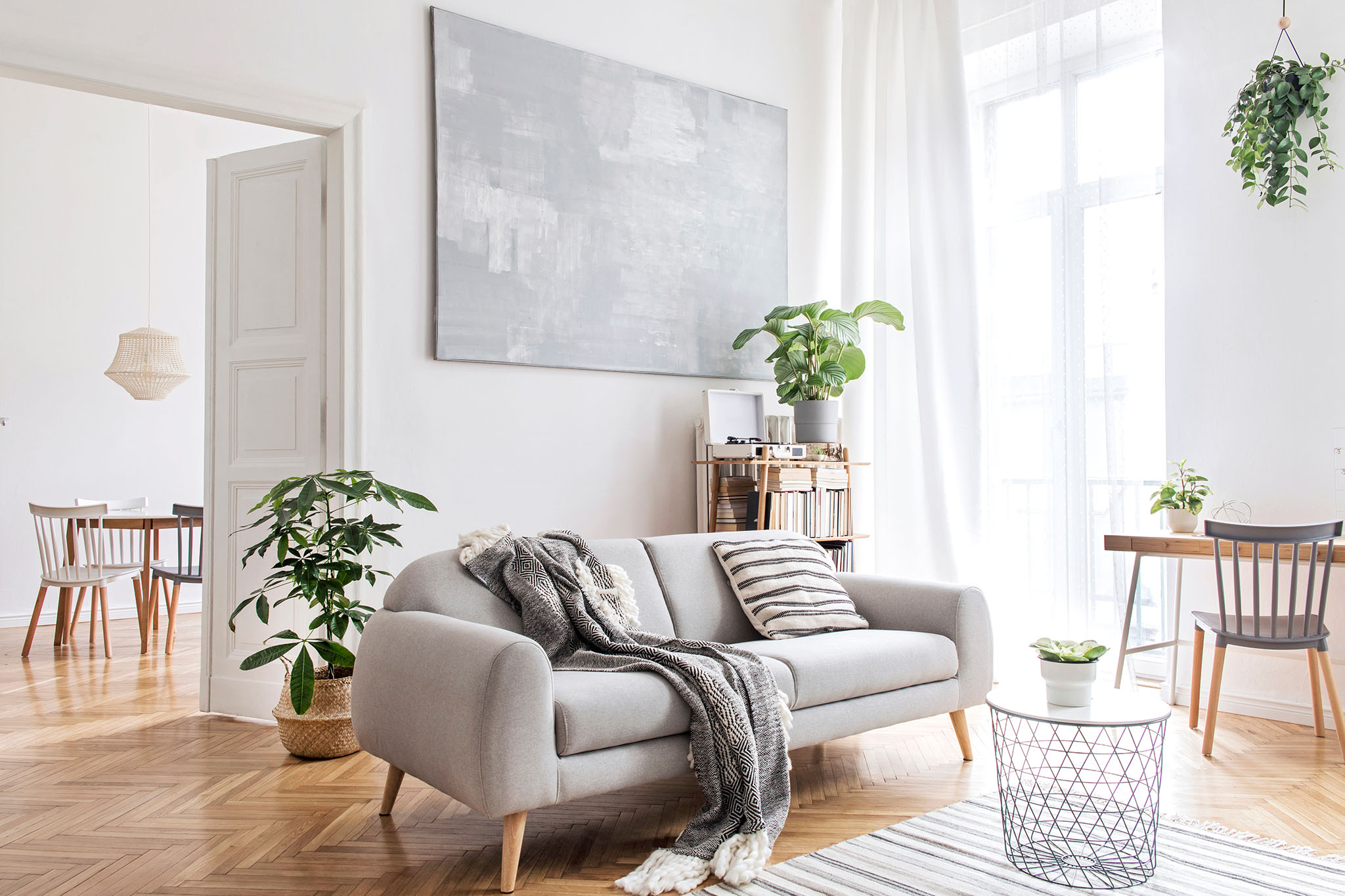Choosing the right color scheme is crucial when designing a small living room. Bold and dark colors can make a room feel smaller and cramped, while light and airy colors can create the illusion of more space. Stick to neutral colors such as white, gray, beige, or light pastels for the walls and larger furniture pieces. These colors will help to reflect light and make the room feel more open and spacious.Color scheme for small living room
When it comes to designing a small living room, less is more. Avoid cluttering the space with too many decorations and furniture pieces. Instead, focus on multifunctional pieces that can serve multiple purposes, such as a storage ottoman or a coffee table with hidden storage. You can also use vertical space by adding shelves or wall-mounted storage to keep the floor space free.Small living room design ideas
A neutral color palette is the perfect base for a small living room. Not only does it make the space feel more open, but it also allows for versatility in terms of decor. You can easily change up the look of the room by adding accents in different colors and patterns. For example, throw pillows, rugs, or curtains in bold colors or patterns can add a pop of personality to the room without overwhelming it.Neutral color palette for small living room
One of the biggest challenges in a small living room is maximizing space without making it feel cluttered. One trick is to use mirrors to create the illusion of more space. Mirrors can also reflect light and make the room feel brighter and more open. You can also opt for furniture with clean lines and legs to create a sense of airiness in the room.Maximizing space in small living room
The key to a successful furniture arrangement in a small living room is balance. Avoid placing all the furniture against the walls as this can make the room feel smaller. Instead, float some of the pieces in the middle of the room to create a more dynamic and open layout. You can also use lightweight and versatile furniture, such as nesting tables or folding chairs, that can be easily moved around to suit your needs.Small living room furniture arrangement
Proper lighting is crucial in a small living room to make the space feel warm and inviting. Avoid using overhead lighting as it can create harsh shadows and make the room feel smaller. Instead, opt for ambient lighting, such as floor lamps or table lamps, to create a cozy and intimate atmosphere. You can also use accent lighting, such as spotlights or picture lights, to highlight artwork or decorations and add depth to the room.Lighting design for small living room
While neutral colors are a safe and practical choice for a small living room, don't be afraid to add bold colors to create a statement. You can use a bold color, such as emerald green or navy blue, on an accent wall or in small doses through throw pillows, artwork, or decorative accessories. This will add drama and personality to the room without overwhelming it.Bold colors for small living room
When it comes to decorating a small living room, simplicity is key. Stick to a cohesive and minimalist style to avoid clutter and create a calm and streamlined look. You can also use textures and patterns to add visual interest without adding too much visual weight to the room. For example, a textured rug or patterned curtains can add dimension to the room without overwhelming it.Small living room decor tips
In a small living room, creating depth is essential to avoid a flat and uninteresting look. One way to do this is by using layered lighting, as mentioned earlier. You can also use a monochromatic color scheme to create the illusion of depth. This means using different shades of the same color, from light to dark, to add dimension to the room. Another trick is to use decorative mirrors to reflect light and create the illusion of a larger space.Creating depth in small living room
The psychology of color is an important factor to consider when designing a small living room. Warm colors, such as red or orange, can make a room feel cozy and intimate, but they can also make the space feel smaller. On the other hand, cool colors, such as blue or green, can create a calming and relaxing atmosphere, but they can also make the room feel cold and sterile. Finding the right balance and using accent colors strategically can help create the desired mood in a small living room.Small living room color psychology
The Importance of Color Design for Small Living Rooms

Creating the Illusion of Space
/small-living-room-ideas-4129044-hero-25cff5d762a94ccba3472eaca79e56cb.jpg) When it comes to designing a small living room, color choices play a crucial role in creating the illusion of space.
Light and neutral colors
such as white, beige, and light grey can make a room feel more open and airy. On the other hand,
dark colors
tend to make a room feel smaller and more enclosed. By strategically using color, you can make your small living room feel bigger and more inviting.
When it comes to designing a small living room, color choices play a crucial role in creating the illusion of space.
Light and neutral colors
such as white, beige, and light grey can make a room feel more open and airy. On the other hand,
dark colors
tend to make a room feel smaller and more enclosed. By strategically using color, you can make your small living room feel bigger and more inviting.
Adding Visual Interest
 While light and neutral colors are great for creating the illusion of space, it's important to also incorporate
visual interest
into your color design. This can be achieved by using
bold and vibrant colors
as accents throughout the room. For example, a pop of
bright yellow
in the form of throw pillows or a statement piece of artwork can add a touch of personality and energy to a neutral color scheme.
While light and neutral colors are great for creating the illusion of space, it's important to also incorporate
visual interest
into your color design. This can be achieved by using
bold and vibrant colors
as accents throughout the room. For example, a pop of
bright yellow
in the form of throw pillows or a statement piece of artwork can add a touch of personality and energy to a neutral color scheme.
Creating a Cohesive Look
 When choosing colors for your small living room, it's important to
consider the overall aesthetic
of your home.
Consistency
in color choices throughout your home can create a cohesive and harmonious look. This doesn't mean every room needs to be the same color, but rather that they should complement each other. For example, if your living room is painted in a
soft blue
, consider incorporating
accents of blue
in other rooms to tie the design together.
When choosing colors for your small living room, it's important to
consider the overall aesthetic
of your home.
Consistency
in color choices throughout your home can create a cohesive and harmonious look. This doesn't mean every room needs to be the same color, but rather that they should complement each other. For example, if your living room is painted in a
soft blue
, consider incorporating
accents of blue
in other rooms to tie the design together.
Maximizing Natural Light
 In small living rooms, natural light is your best friend.
Light and neutral colors
can help reflect natural light and make the room feel more spacious. Additionally, using
mirrors
strategically can help
amplify
the natural light and create the illusion of more space. Consider placing a large mirror on one of the walls to reflect light and make the room feel brighter and bigger.
In small living rooms, natural light is your best friend.
Light and neutral colors
can help reflect natural light and make the room feel more spacious. Additionally, using
mirrors
strategically can help
amplify
the natural light and create the illusion of more space. Consider placing a large mirror on one of the walls to reflect light and make the room feel brighter and bigger.
The Power of Color Psychology
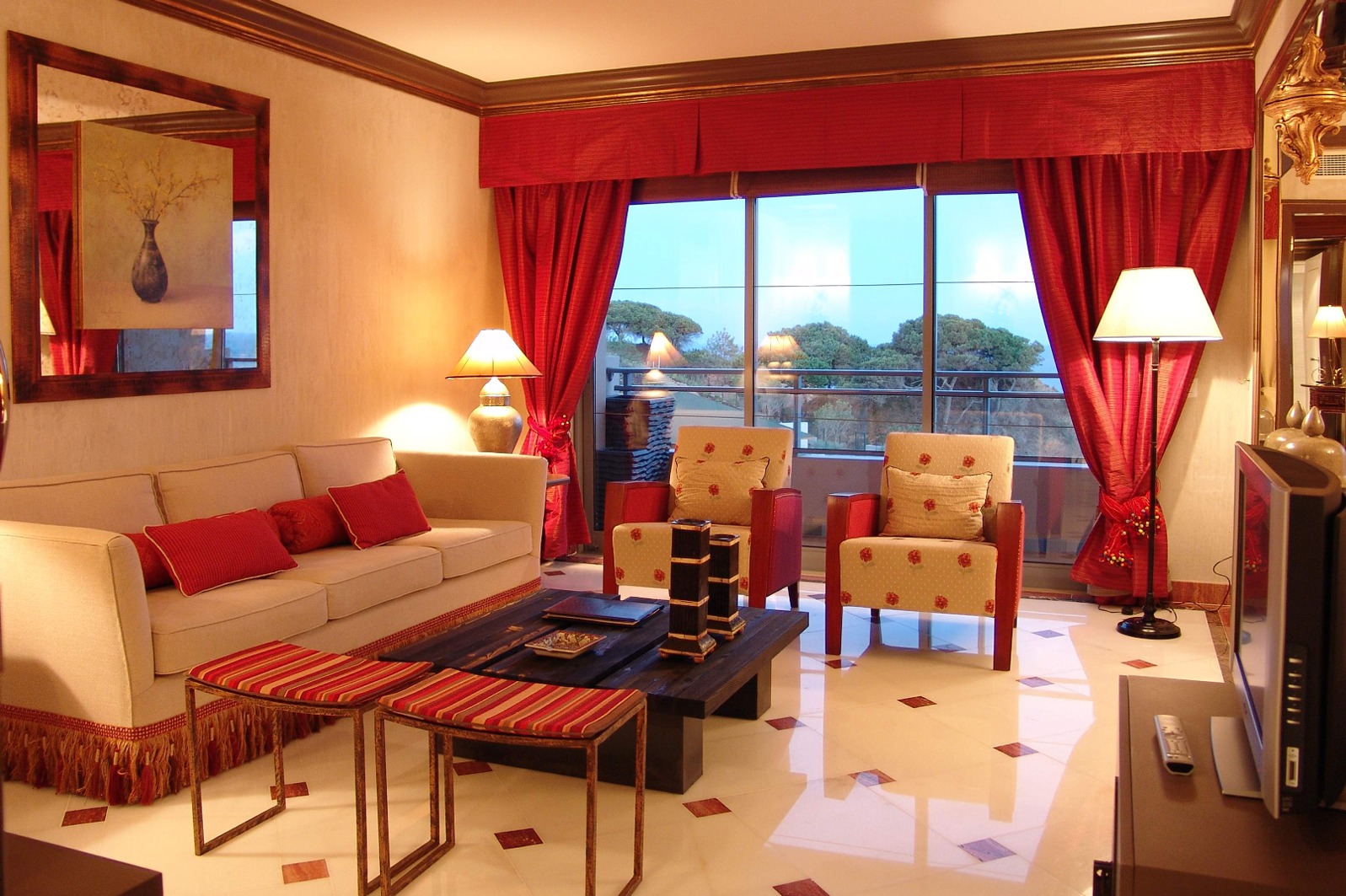 Lastly, it's important to consider the
psychological effects
of color when designing your small living room.
Cool colors
such as blue and green can create a sense of
calmness
and
tranquility
, while
warm colors
like red and orange can create a sense of
energy
and
excitement
. Depending on the mood you want to create in your small living room, choose colors that align with that feeling.
In conclusion, the color design of a small living room is crucial in creating the illusion of space, adding visual interest, creating a cohesive look, maximizing natural light, and setting the desired mood. By using a combination of light and neutral colors, bold accents, and strategic placement of mirrors, you can transform your small living room into a welcoming and inviting space. So, choose your colors carefully and enjoy the transformation of your small living room.
Lastly, it's important to consider the
psychological effects
of color when designing your small living room.
Cool colors
such as blue and green can create a sense of
calmness
and
tranquility
, while
warm colors
like red and orange can create a sense of
energy
and
excitement
. Depending on the mood you want to create in your small living room, choose colors that align with that feeling.
In conclusion, the color design of a small living room is crucial in creating the illusion of space, adding visual interest, creating a cohesive look, maximizing natural light, and setting the desired mood. By using a combination of light and neutral colors, bold accents, and strategic placement of mirrors, you can transform your small living room into a welcoming and inviting space. So, choose your colors carefully and enjoy the transformation of your small living room.

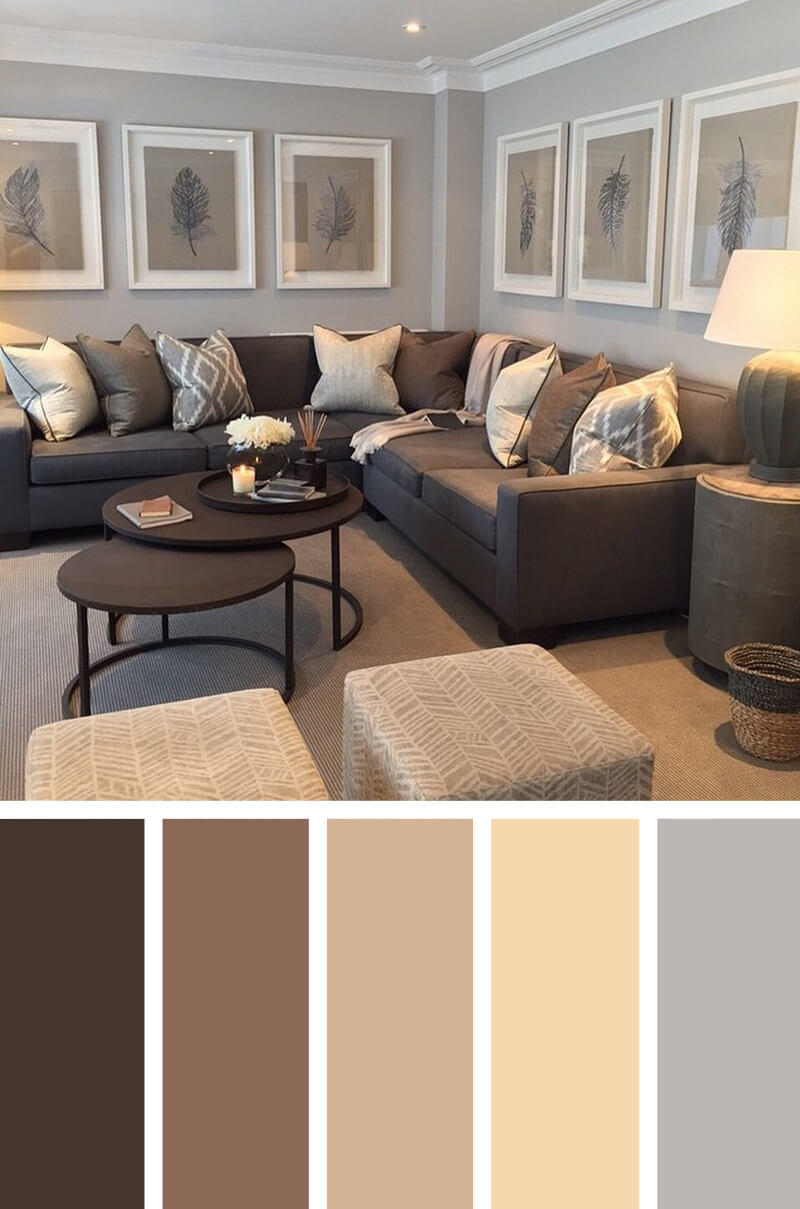



/169789002-58a723d63df78c345b930ec6.jpg)

/Neutrallivingroom-GettyImages-568518365-5a6260a87d4be80036ac6b0c.jpg)

:max_bytes(150000):strip_icc()/Litchfield_BeresfordHill_025-5b89787fc9e77c00258aa53c.jpg)



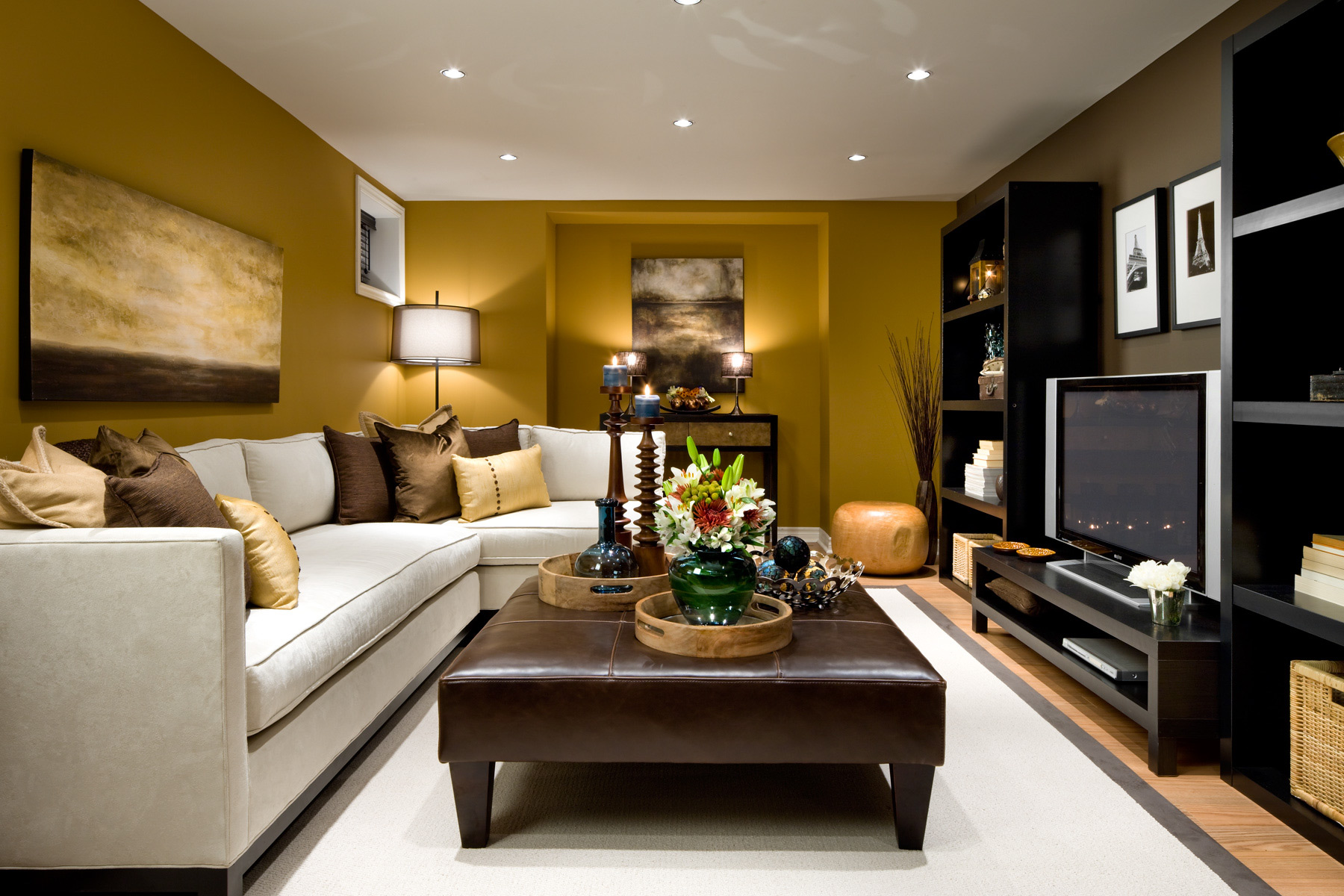









:max_bytes(150000):strip_icc()/MyDomaine_ColorPalette-Neutral-1-fe9a91dcf8814904a630a0d928216bcd.jpg)




/MyDomaine_ColorPalette-Neutral-2-3590678b1c9143e28dd6b536f0a1e008.jpg)









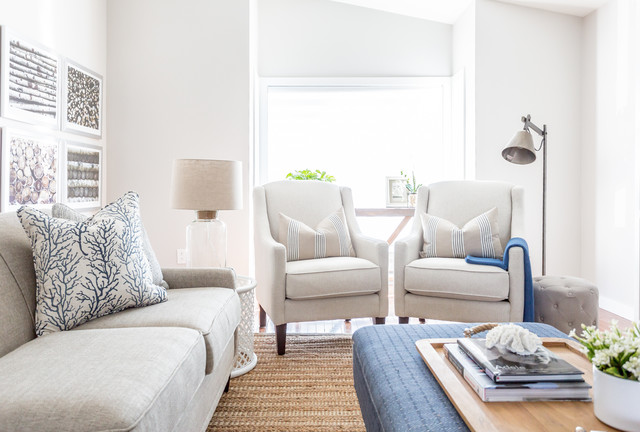





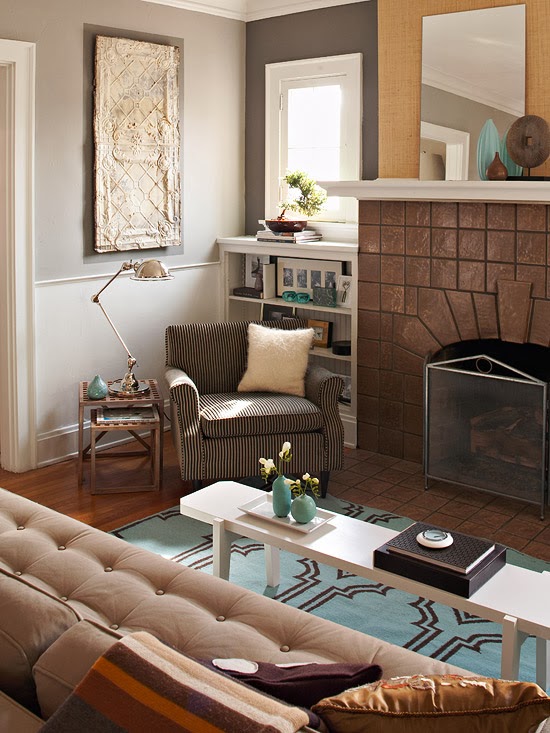










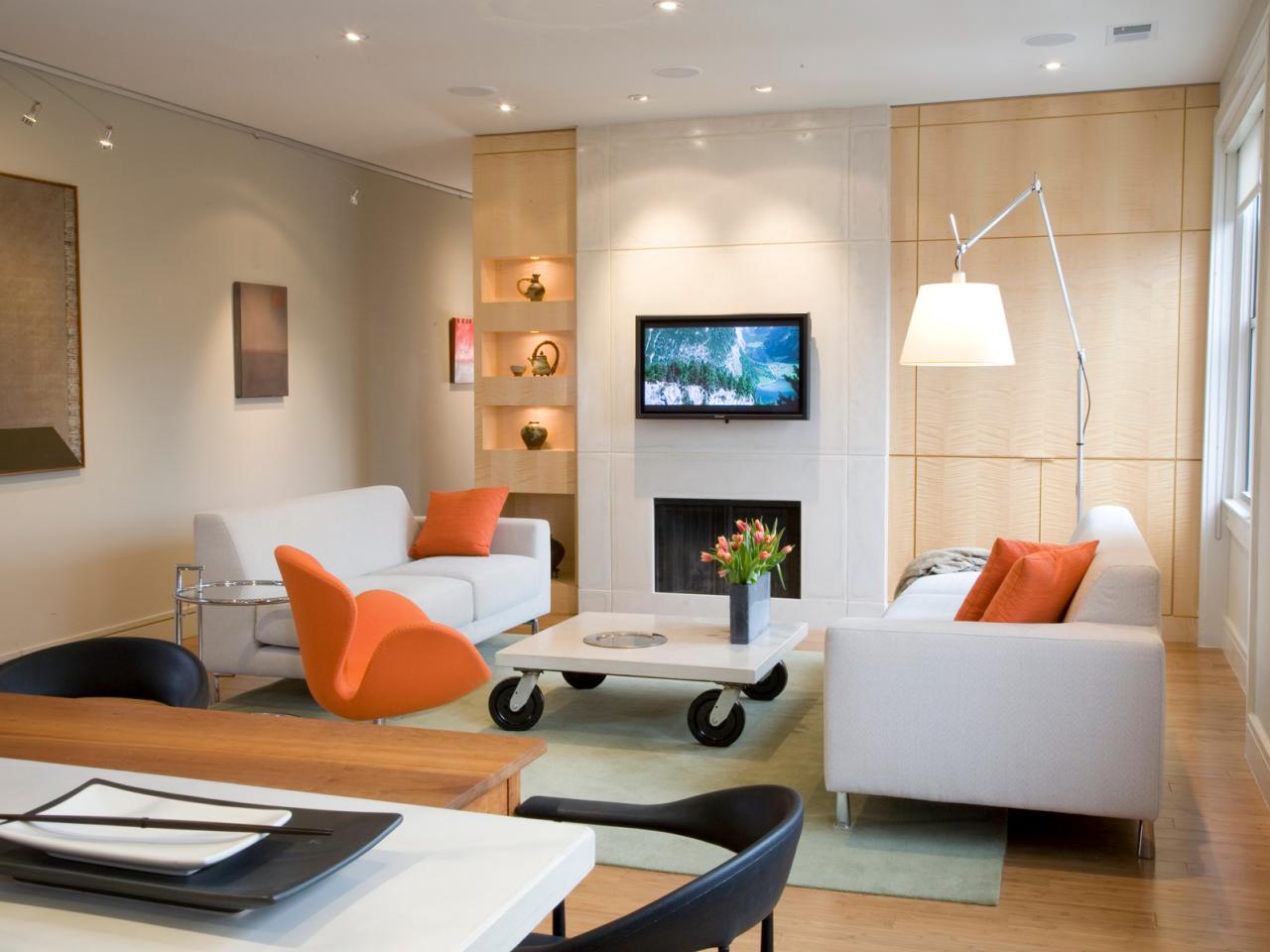















/cdn.vox-cdn.com/uploads/chorus_image/image/52717199/lowengart_green_street_15_10_02.0.jpg)









